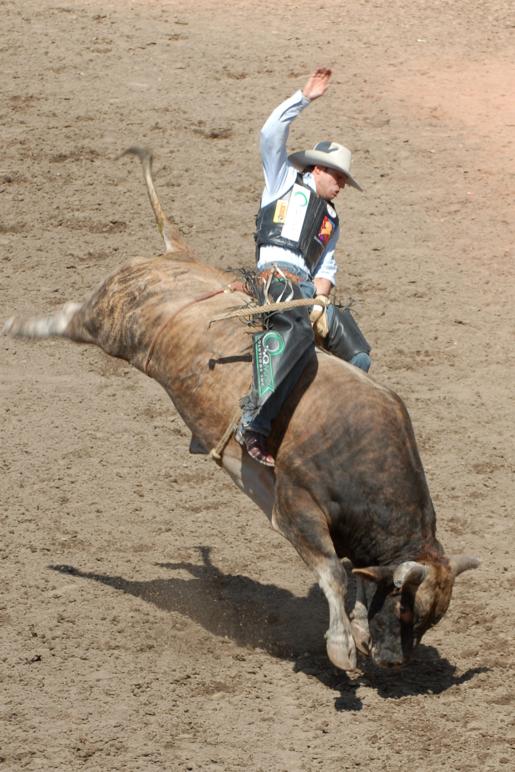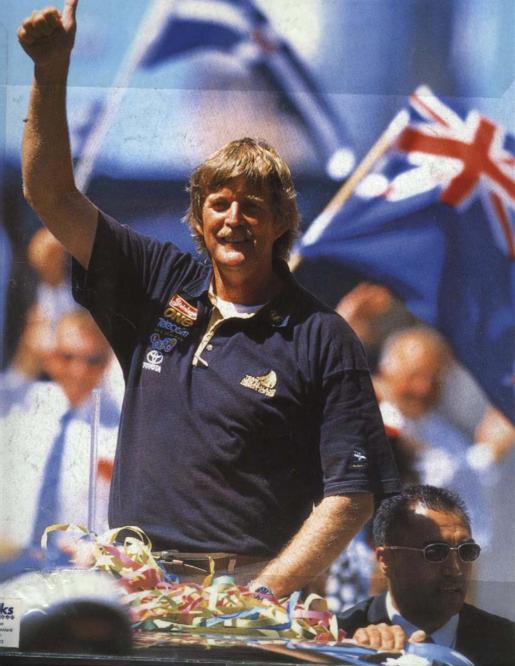Did Pat Summerall Gain His First Name From His Football Position?
Here is the latest in a series of examinations into urban legends about football and whether they are true or false. Click here to view an archive of the football urban legends featured so far.
FOOTBALL URBAN LEGEND: Pat Summerall got the name “Pat” from, of all things, his position as a kicker.
Pat Summerall is one of the all-time great broadcasters in National Football League history. After already being one of the best-known television personalities for CBS’ football coverage (first as an analyst and then, beginning in 1974, as a play-by-play man) for almost twenty years, most notably with Tom Brookshier, Summerrall was paired up with former Oakland Raider head coach John Madden. The pair soon became one of the most famous television broadcasting duos of all-time, working together from 1981 until 2001, when Summerrall retired from broadcasting (he has since been lured out of retirement a number of times). They stayed together even when CBS lost their coverage to Fox in 1991.
Here they are together (Summerall is one the right)…

Anyhow, Pat Summerall is one of the most recognizable names (and certainly he has one of the most recognizable voices) in sports, and yet, Pat is not his real name. In fact, PATRICK is not even his real name. No, Pat Summerall was born George Allen Summerall in Florida in 1930. How did he gain the name Pat?
Read the rest of this entry »











